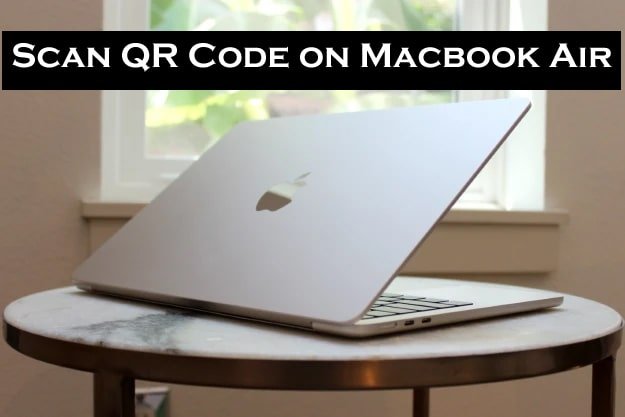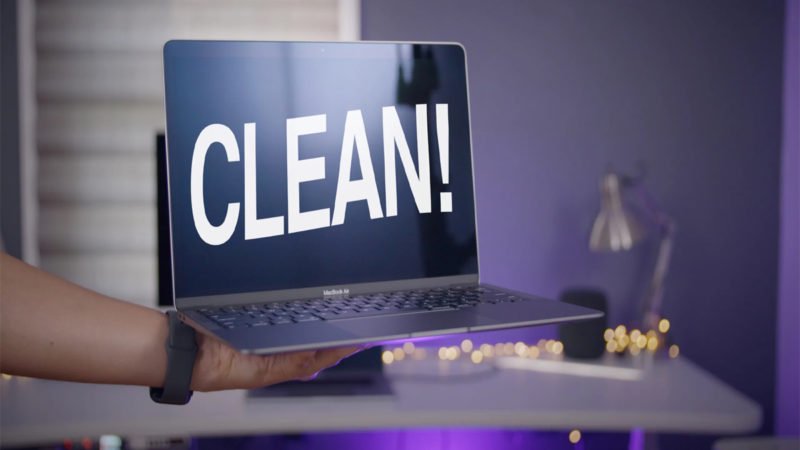How to Change the language on a Mac

Computers are used worldwide, but the English language is neither spoken nor understood everywhere. To make the devices easier to use, desktop and mobile operating systems support additional languages. Support can be complete when all user interfaces and all applications running on the operating system are translated into a particular language. This can be partial even when only a few user interface elements and very few applications are available in the selected language. know How to Change the language on a Mac.
Read:- How to Fix MacBook Pro Trackpad Not Working
If you are bilingual and prefer macOS in another language, you can add it very easily, however, if the language is partially supported, then there is nothing you can do to add full support.
How to Change language on mac
To change the language on a Mac, follow these steps;
- Open the System Preferences app.
- Go to the Language and Region Settings group. It is on the second line and it is the partial icon on the line.
- Click the plus button under the left column.
- In the panel that opens, find the language you want to add.
- When the results appear, select the language and click Add.
- After adding the language, macOS will ask you which language you like. Choose your choice and the user interface will be updated.
- Choose an input/keyboard language to associate with the language.
- If the language you are installing is fully supported, it will be installed as the primary language. Your system must be restarted for the change to take effect.
- If the language you installed is only partially supported, you do not need to restart the Mac.
Remove Language on Mac
If the language you added has a little user interface or not, you can remove it.
- Open the System Preferences app.
- Access language and region settings.
- Select the language you want to remove from the left column.
- Click on the minus button.
- Confirm that you want to remove this language.
- If you remove a fully supported language, which is a primary language, you will need to make sure that another primary language is available and added to macOS.
Conclusion
macOS has several languages that fully support it, however, languages that have partial support have a short end of the stick. If you compare the same language support for iOS on a Mac, you’ll find that MacOS lags behind, with improved language support for both the iOS primary language and the partially supported language. in charge. If you have any issue in Mac Computer then you can contact Apple Toll-free Number or connect with the experts.

![How to Recover Missing Documents Folder From Mac? [2023]](https://clouddrivehelper.com/wp-content/uploads/2022/03/Recover-Missing-Documents-F-min.jpg)




